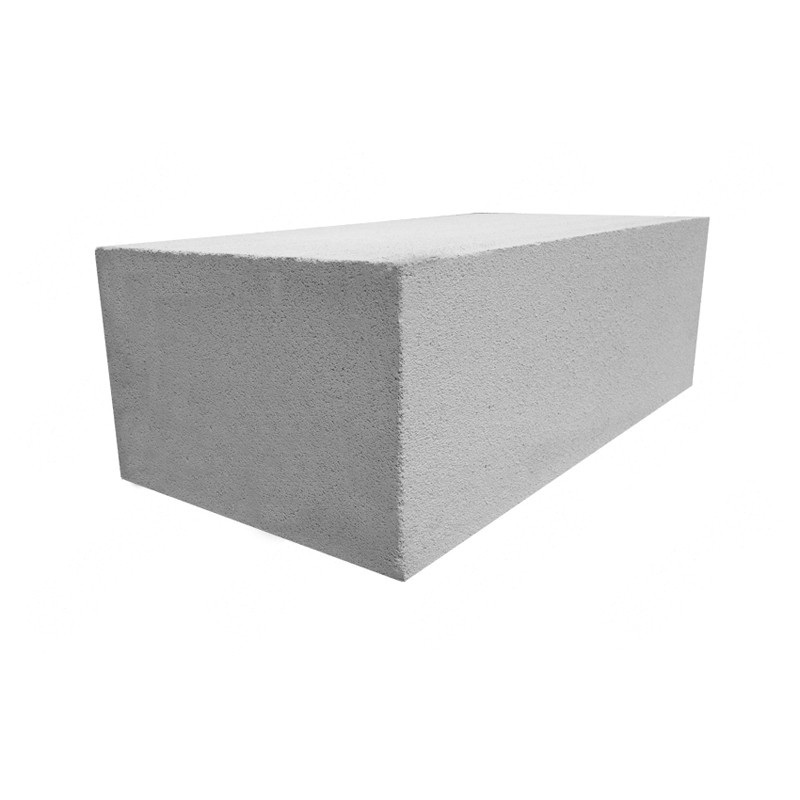Foam blocks and gas blocks: common features and differences
In modern construction, a fairly wide range of types of concrete is used. They differ from each other according to various criteria. At the same time, many of the types are also classified into subspecies. In particular, the popular and popular cellular concrete is subdivided into aerated concrete and foam concrete. These varieties have many common properties. However, there are also significant differences between them. This article will talk about the features of the two building materials. If you have additional questions, please contact the consultants of the company "Arton". With them you can also discuss the terms of sale of aerated concrete blocks of our production.
Foam blocks and aerated concrete blocks as varieties of cellular concrete
Let's start with the fact that both materials, the comparison of which is offered in this article, are varieties of cellular concrete. It, in turn, is a type of lightweight concrete. Cellular concrete is a porous building material, obtained artificially by adding silica aggregate and mineral binders to the basic base.
Initially, the production of cellular concrete, derivatives of which are foam concrete and aerated concrete, was aimed at the production of building thermal insulation. The material, which is characterized by low thermal conductivity, was used (and continues to be used) for insulation of reinforced concrete slabs and attic floors, multilayer wall structures, equipment and pipelines.
Recently, another direction of production has been actively developing. Now aerated concrete is used as a structural material for the construction of walls and partitions. It is here that aerated concrete and foam concrete blocks are used. These materials are characterized by a number of advantages over brick in the construction of cottages and low-rise buildings.
Correct geometric shape, relatively light weight, minimal thermal conductivity, good noise insulation, environmental friendliness - the main advantages of blocks made of cellular concrete. Due to these and a number of other properties, the material is more practical and economical, both in work and in the operation of finished objects.
General characteristics of aerated concrete and foam concrete
Two varieties of cellular concrete have a common basis. However, the production technologies of foam blocks and aerated concrete blocks are different. The manufacture of foam concrete blocks is carried out by feeding a foaming agent into a mixture of cement, water and sand. When the material solidifies in special molds there is a release of air, which evenly distributes bubbles in the volume of the finished block.
In the production of aerated concrete blocks in the usual cement mixture add a gas-forming agent (most often aluminum) and quicklime. The chemical reaction of these two components releases hydrogen gas. As a result, as in the case of foam blocks, pores are formed throughout the volume. In addition, the technology of manufacturing gas blocks can be autoclaved and non-autoclaved. In the first case, the hardening of the material occurs under high pressure and at high temperatures. This material is more durable than non-autoclave aerated concrete and foam concrete. Exactly such gas blocks you can order in the company "Arton".
Characteristics and performance
Next, let's consider what are the main differences between foam and aerated concrete blocks, which will help to decide on the choice of the optimal material for construction. We will compare by the following criteria:
- raw material base;
- production;
- water absorption;
- thermal conductivity;
- appearance;
- cost.
So, if we talk about raw materials, gas concrete wins here. In its manufacture, only natural components are used, which ensures environmental purity. The composition of foam blocks can include industrial waste from the mining industry, as well as chemicals used in foaming agents. As for the production process, the technology of manufacturing aerated concrete is much more complicated. However, the use of highly efficient equipment and strict control ensure perfect quality. At the same time, the simple technology of production of foam blocks is often used by unscrupulous manufacturers who sell products of very low quality.
The water resistance index of foam blocks is higher than that of gas blocks. However, this factor has a negative connotation, as it reduces the ability to "breathe" in walls and partitions. In terms of thermal conductivity, aerated concrete is more preferable. Its low index ensures the creation of a favorable microclimate in winter and summer periods. If we talk about appearance, the dimensions of gas blocks are more accurate. Such a feature contributes to greater convenience in work and a reduction in material costs for caulking joints.
The final point of our comparison is the price of foam blocks and gas blocks. The cost of the former is about 25% lower. However, when comparing all of the above characteristics, gas blocks are still more preferable. Even in terms of material costs you will eventually win, because the objects built of foam blocks will require repair much sooner.
